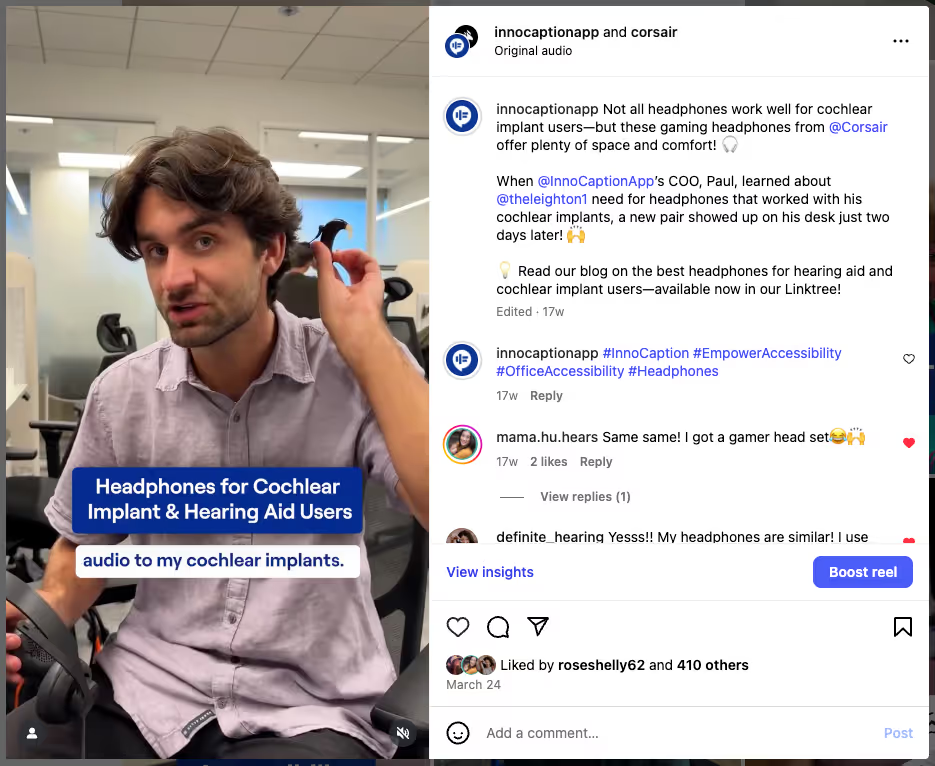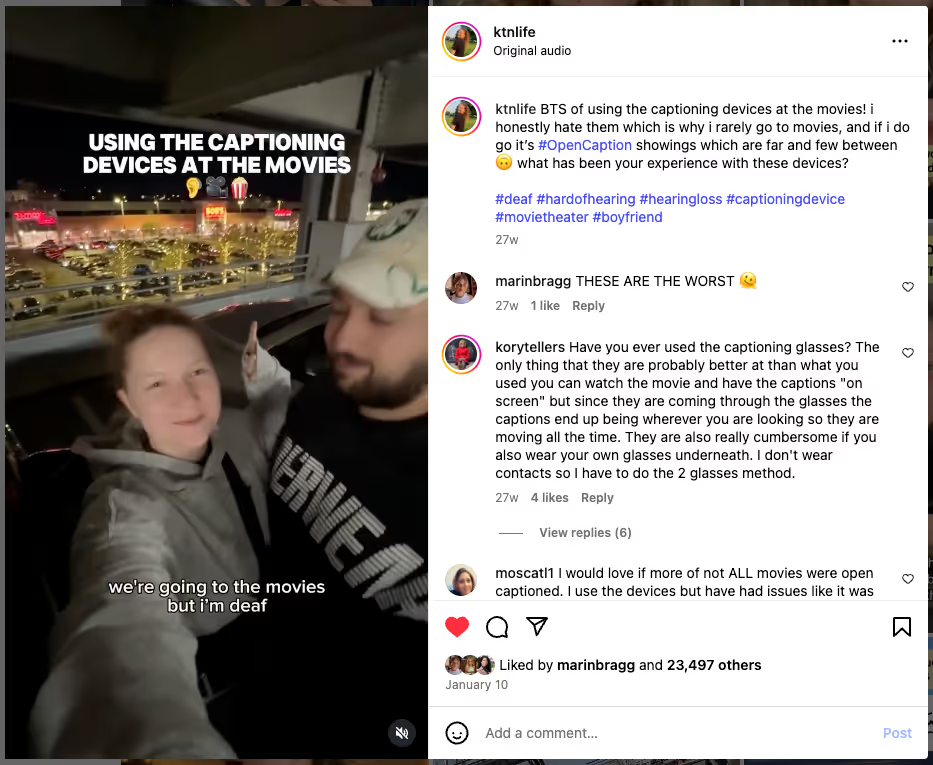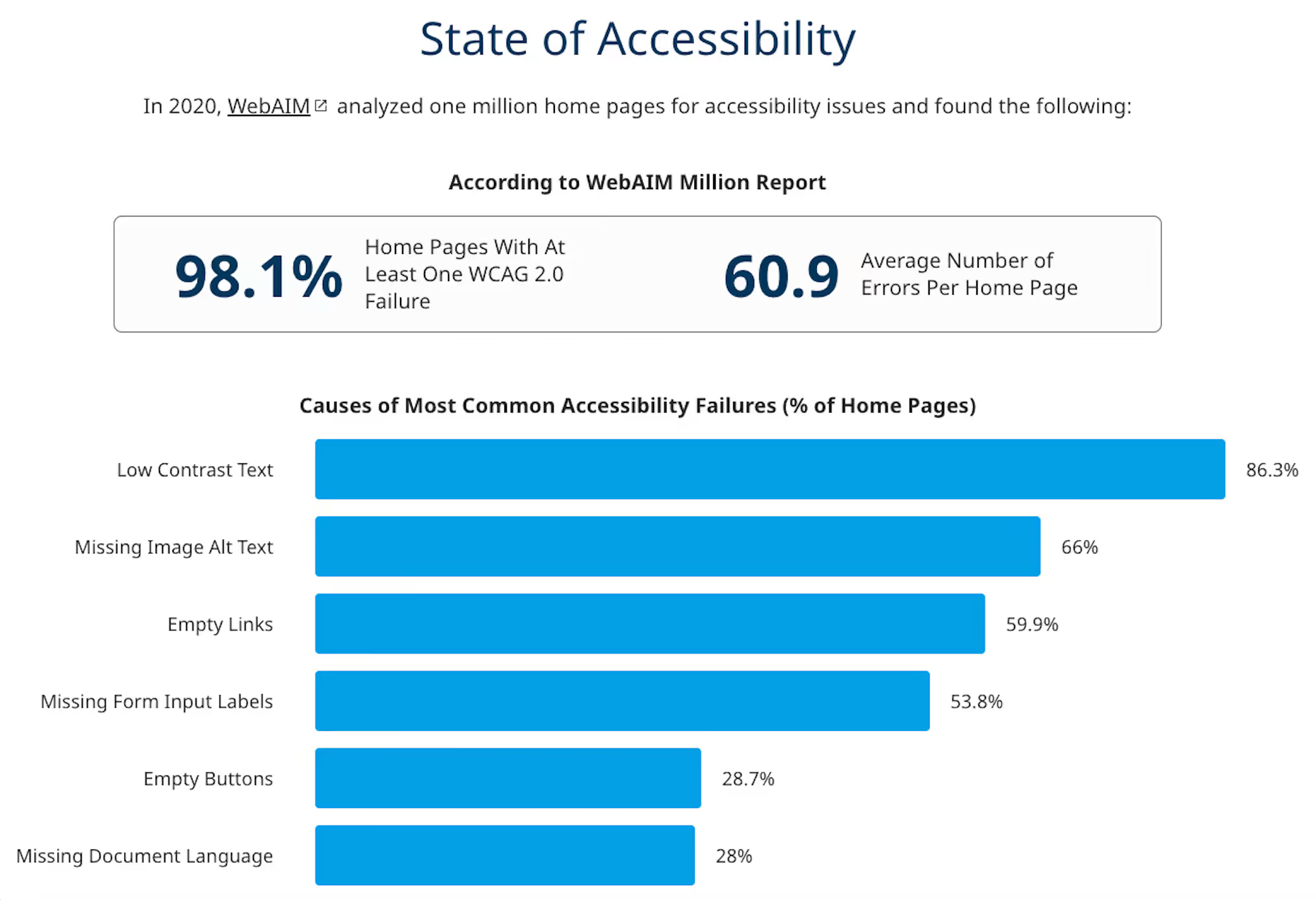Communication is essential to participation, connection, and opportunity. But for millions of Americans with hearing loss, everyday interactions such as job interviews and doctor’s visits can be filled with barriers. The Americans with Disabilities Act (ADA) exists to break down those barriers and ensure people with hearing loss can navigate the world with equal access and dignity.
This guide explains how the ADA protects your rights, outlines real-world examples of accommodations, and offers tools to help you advocate for yourself in employment, healthcare, digital spaces, and public life.
The Americans with Disabilities Act (ADA) is a federal civil rights law that prohibits discrimination against individuals with disabilities in all areas of public life — including jobs, schools, transportation, healthcare, and public accommodations. It ensures people with disabilities have the same opportunities as everyone else.
A person with a disability is someone who:
Because the ADA is a civil rights law, individuals do not need to “apply” to be protected.
Signed into law on July 26, 1990, by President George H. W. Bush, the ADA marked a pivotal moment in the disability rights movement. It formally recognized the right of individuals with disabilities to live, work, and communicate free from discrimination and exclusion.
At its core, the ADA promotes equal opportunity and requires institutions to remove barriers that limit participation in employment, healthcare, digital spaces, and public life.

Roughly 15% of American adults report some level of hearing difficulty. Without the ADA’s protections, many would continue to face barriers to basic access, such as understanding medical information, participating in meetings, or using public services.
Before the ADA, accommodations like captions or interpreters were not guaranteed. Today, the ADA requires effective communication tools such as captioning, assistive listening devices, and interpreters, tailored to individual needs. Whether someone is Deaf, hard of hearing, late-deafened, or experiencing age-related hearing loss, the law affirms their right to equal access in everyday life.
Title I of the ADA applies to private employers, state and local governments, employment agencies, and labor unions with 15 or more employees. It prohibits discrimination in hiring, training, pay, promotion, and other employment-related activities. It also requires employers to provide reasonable accommodations to qualified individuals with disabilities.
A reasonable accommodation is a change to the work environment or job process that enables a person with a disability to perform essential functions. For people with hearing loss, this might include:
These accommodations must be individualized. What works for one employee may not work for another. Employers are encouraged to engage in an interactive process to find the most effective solution.
Employees do not need to use legal terminology. A clear, direct statement, whether spoken or written, is enough to start the process. Employers may request documentation, but medical information must remain confidential.
It’s helpful to keep written records and follow up if needed. Employers are legally required to engage in a good faith effort to accommodate.
Leighton, a cochlear implant user, discovered that his standard work headset wasn’t compatible with his device. This is a common issue, since not all headphones work well for cochlear implant users. After casually bringing it up to his team, InnoCaption’s COO, Paul, stepped in. Just two days later, a new pair of Corsair gaming headphones appeared on Leighton’s desk. The headphones were chosen for their spacious fit and comfort, making them a better match for his needs.
This small act had a big impact. It significantly improved Leighton’s ability to communicate and focus. His experience is a reminder that accessibility doesn’t always require formal processes. Sometimes, it starts with a simple, honest conversation and a willingness to listen.

Title II and Title III of the ADA apply to public and private entities, requiring them to make programs, services, and spaces accessible to people with disabilities — including those with hearing loss.
State and local governments must ensure equal access to all programs and services, including:
To meet communication needs, they may provide:
These accommodations must be provided free of charge and tailored to the individual's preferred method of communication when possible.
Businesses and nonprofits such as restaurants, retail stores, hospitals, hotels, theaters, and private schools must also provide effective communication. This may involve:
Katie, a deaf advocate, visited a movie theater hoping to use a captioning device to follow the film’s dialogue. While the theater provided the equipment, it wasn’t functioning properly — and staff weren’t trained to troubleshoot the issue. As a result, Katie couldn’t access the dialogue and missed much of the movie experience.
Like many others in the Deaf and hard of hearing community, Katie often avoids theaters unless they offer open caption showings, which are limited and hard to find. Her experience reflects a larger issue: providing accessible technology is only the first step. Devices must be maintained, and staff must be equipped to support their use.
Accessibility doesn’t end with availability. It depends on usability, reliability, and preparation.

Technology is essential for communication access, and both the ADA and the Rehabilitation Act (Sections 504 and 508) require that digital tools be accessible to individuals with disabilities.
Examples of helpful tools for people with hearing loss include:
These tools are especially valuable during healthcare visits, interviews, and team meetings.
Websites, apps, videos, and online forms must meet accessibility guidelines. The Web Content Accessibility Guidelines (WCAG) require that digital content be:

An inclusive telehealth platform should include real-time captions during video appointments and offer written summaries afterward. This ensures patients can follow and retain information with confidence.
Digital accessibility must be built into the design process rather than added as an afterthought. While automated tools can help with testing, feedback from users with hearing loss is critical to creating tools that are truly usable and inclusive.
Knowing your rights is essential, but advocating for them is just as critical. You have the legal right to effective communication in employment, healthcare, digital spaces, and public life.
When you encounter a barrier:
Example:
“I am hard of hearing and need captions enabled for all video meetings to fully participate.”
If your request is ignored, escalate it to a supervisor, HR representative, accessibility coordinator, or agency.
Michelle, a hard of hearing audiologist, prepared for her upcoming hospital delivery by clearly communicating her accessibility needs in advance. She notified the medical team of her communication preferences, brought clear masks for lipreading, and made sure both the Google Live Transcribe and InnoCaption apps were updated and ready.
Her preparation made a meaningful difference and helped her stay informed, connected, and confident during labor. Michelle credits this moment to the advocacy skills she has developed over the years, starting with IEP meetings and strengthened by ongoing family support.
Her story reminds us that effective communication in healthcare is not just about having the right tools. It also takes preparation, confidence, and the lifelong practice of self-advocacy.

If your rights are not upheld:
If needed, you can seek guidance or representation from:
These resources can help you navigate legal options and ensure your rights are protected.
The ADA applies to employment, healthcare, digital spaces, public services, education, and transportation.
Explain the barrier and suggest a solution.
Example: “I need transcripts provided for all training videos to access the content equally.”
Laws evolve. Visit:
Document communication and follow up on unresolved requests.
The ADA is more than a law — it’s a promise of inclusion, equity, and dignity. Whether you're requesting accommodations, educating others, or advocating for systemic change, your voice matters.
Know your rights. Use your voice. Help ensure that communication is never a barrier to connection, opportunity, or independence.
A physical or mental impairment that substantially limits one or more major life activities. The ADA also protects people with a history of such impairments or who are perceived as having them.
Notify your employer in writing. Describe the support you need to perform your job effectively.
Document the issue and file a complaint with the EEOC (for employment) or DOJ (for public access).
Yes. Businesses open to the public and employers with 15+ employees must provide effective communication for people with hearing loss.
InnoCaption is a free, FCC-certified service that provides real-time captioning for phone calls. It supports communication access in both professional and personal settings.
InnoCaption provides real-time captioning technology making phone calls easy and accessible for the deaf and hard of hearing community. Offered at no cost to individuals with hearing loss because we are certified by the FCC. InnoCaption is the only mobile app that offers real-time captioning of phone calls through live stenographers and automated speech recognition software. The choice is yours.
InnoCaption proporciona tecnología de subtitulado en tiempo real que hace que las llamadas telefónicas sean fáciles y accesibles para la comunidad de personas sordas y con problemas de audición. Se ofrece sin coste alguno para las personas con pérdida auditiva porque estamos certificados por la FCC. InnoCaption es la única aplicación móvil que ofrece subtitulación en tiempo real de llamadas telefónicas mediante taquígrafos en directo y software de reconocimiento automático del habla. Usted elige.